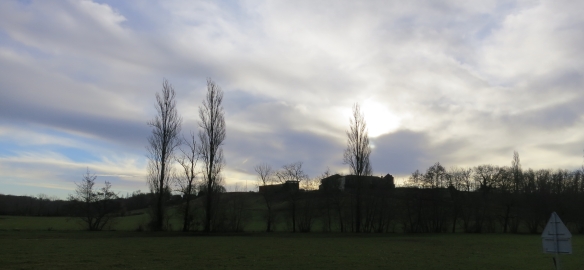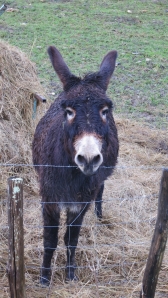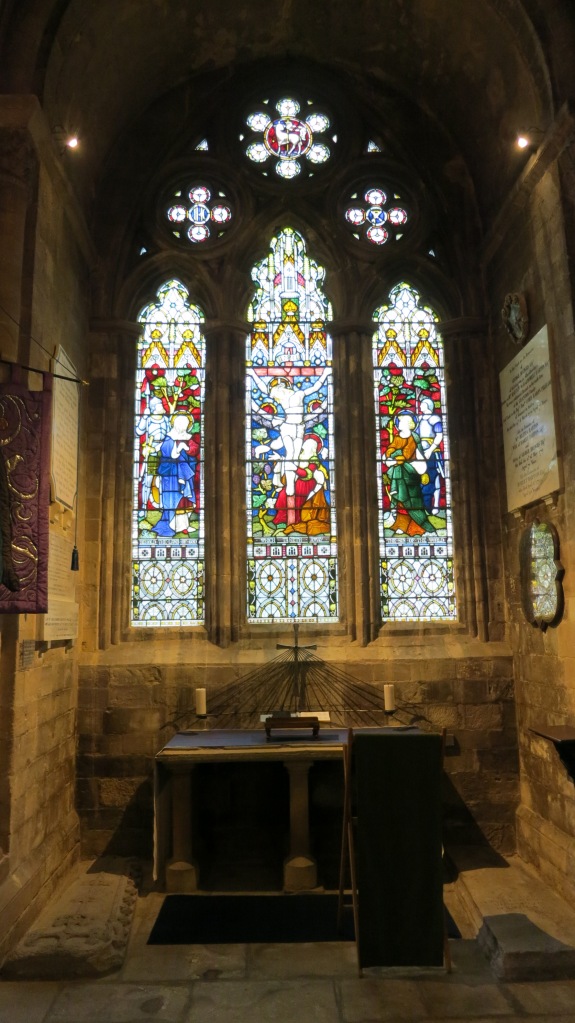 Yesterday afternoon I finished reading ‘The England of Elizabeth’ by A.L. Rowse. This Elizabeth was the first English queen so-named. I am aware that most people alive today have known no other than Queen Elizabeth II. First published in 1950, during the reign of our Elizabeth’s father, King George VI, the book was researched and written without the aid of modern technology. Rowse had no computer and no internet. His work is the result of a lifetime’s scholarship. It is packed with information about how people lived in the sixteenth century, how they were educated, how they were governed, and what they believed. Detailed references abound. The author’s own reading was immense.
Yesterday afternoon I finished reading ‘The England of Elizabeth’ by A.L. Rowse. This Elizabeth was the first English queen so-named. I am aware that most people alive today have known no other than Queen Elizabeth II. First published in 1950, during the reign of our Elizabeth’s father, King George VI, the book was researched and written without the aid of modern technology. Rowse had no computer and no internet. His work is the result of a lifetime’s scholarship. It is packed with information about how people lived in the sixteenth century, how they were educated, how they were governed, and what they believed. Detailed references abound. The author’s own reading was immense.
There is much to admire here, but I cannot say I enjoyed the writer. His attempts at humour, mostly in the sections covering religion, fell short for me. More than once he voices the opinion that works of art are more valuable than human lives. If that is indeed his opinion it was patently not shared by the makers of ‘Resistance’, described in yesterday’s post. Sarah’s symbolic burning of the mediaeval map, which is what the Germans were really after, is a clear statement of the opposite view.
‘The England of Elizabeth’ takes a certain amount of stamina and determination for the layman to get through. Some of the later pages of my 1953 Reprint Society edition, which the flyleaf indicates has had at least one previous owner, were uncut. There have only been two books in my life I have been unable to finish reading, two hundred pages being my limit in each case. The first was Sir Thomas Mallory’s ‘Morte d’Arthur’ which, like certain sections of the Old Testament, bored me with its long lists of names; the second being James Joyce’s ‘Finnegan’s Wake’, which I couldn’t grasp. It is a mistake to attempt to read the latter as a narrative, although, if you can decipher them it does contain such episodes. As an inveterate punster – Jackie says it’s pathalogical, and the Greeks have a word for it – I should have enjoyed Joyce’s language. The trouble is he made it up, and his puns involve six languages – far too many for me.
Later, I watched ‘Stigmata’ on DVD. This psychological thriller, directed by Rupert Wainwright, was ‘a scary movie’ even before I was able to play it. At first, I couldn’t because a box on my laptop told me it was configurated for a different region. What on earth did that mean? The box told me I could manage the DVD region. How was I going to do that? I had to find device management. Well, following various paths by accessing, by trial and error, a number of different control panels on the desktop, I eventually unearthed it. Apparently my normal region is 2. There was a vast number of countries I could choose. Which one, for goodness sake? Closer investigation of the small print on the DVD sleeve, which is in any case minute, revealed that it was produced by Virgin Records of America, Inc. I picked United States. Given that I had bought the film in Wimbledon Village’s Oxfam shop, I found this rather surprising. But then not many people other than Americans can afford to live in that part of London. The U.S. is in Region 1. A warning informed me that there was a limited number of times I could change the region. So, even if I could remember the path would I be able to revert to Region 2?
The film was quite a contrast to the gentle ‘Resistance’. Violent action; strange, strident sounds; extravagant special effects; kaleidoscopic camerawork, it had them all. The depiction of the inflictions of the stigmata on the female lead was reminiscent of Mel Gibson’s horrific representation of ‘The Passion of The Christ’, which I could hardly bear to watch. Patricia Arquette and Gabriel Byrne were excellent in the main roles. Notes provided in the container offered two alternative endings. Having watched the incongruously romantic ‘theatrical’ coda, I decided to view the director’s original. He recommended watching the whole film again, rather than just his final scene. So I did. The original was much more convincing, but hardly worth a repeated complete viewing.
Afterwards, with much relief, I managed to revert to Region 2.
 This morning I walked to Pomport and back. Just outside Sigoules, as usual, my friend the donkey was at home with his goats. Judging by the position of his ears, he wasn’t too pleased to see me at first, but soon, ears to the fore, happily tracked me along his fence, uttering a plaintive honking when it prevented him from continuing.
This morning I walked to Pomport and back. Just outside Sigoules, as usual, my friend the donkey was at home with his goats. Judging by the position of his ears, he wasn’t too pleased to see me at first, but soon, ears to the fore, happily tracked me along his fence, uttering a plaintive honking when it prevented him from continuing.
 It was a bit breezy up at Pomport, so I had to walk rather briskly.
It was a bit breezy up at Pomport, so I had to walk rather briskly.  Clad in fleecy jackets, hats, and gloves, like frozen market stallholders, an isolated elderly man and, elsewhere, a young woman were tending vines. Once again I beat the rain. This time it set in for the day.
Clad in fleecy jackets, hats, and gloves, like frozen market stallholders, an isolated elderly man and, elsewhere, a young woman were tending vines. Once again I beat the rain. This time it set in for the day.
The whole purpose of my trip in this cold month of January was to have some internal doors replaced by Huis Clos. The first appointment was 10 a.m. this morning. I received a phone call deferring this to 11.30. I stayed in from 11 to 5.30. No-one came and I heard no more.
I consoled myself with reading a little more of Andre Gide’s ‘La Porte Etroite’ and watching a DVD of Trevor Nunn’s acclaimed Royal Shakespeare Company’s stage-to-screen studio production of William’s great timeless tragedy ‘Othello’. Willard White’s performance as Othello was most powerful, and Imogen Stubbs’ Desdemona superb. Of the supporting cast I would single out Zoe Wanamaker, flawless as Emelia. Ian McKellen richly deserved the awards he won for his odious Iago.
This evening in Le Code Bar chicken noodle soup; a plate of mixed meats, avocado, and salad; superbly cooked steak with a mound of fried potatoes done with bacon, garlic, and some herb or another; followed by my choice from a huge basket of fruit, from which I just managed a pear; and a quarter carafe of rose wine assuaged the day’s disappointment. What makes it even better is that, although they don’t open the restaurant in the winter, David himself offered to feed me in the evening if I preferred. Which was just as well today.

